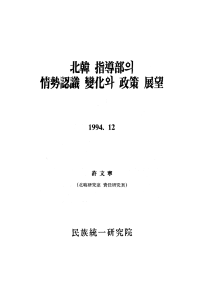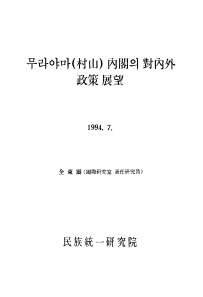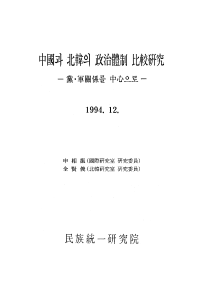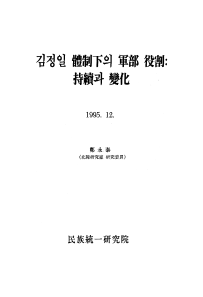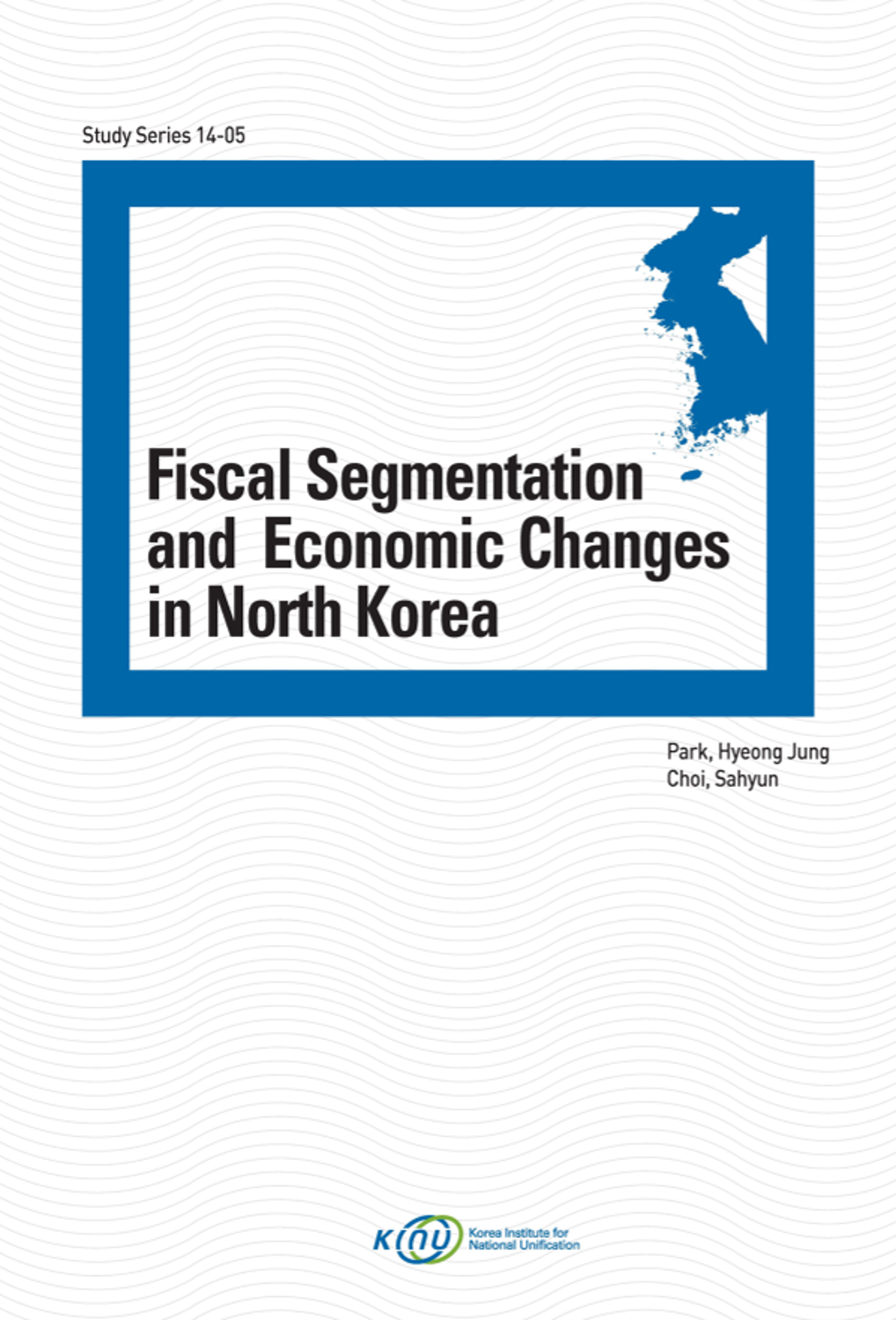
연구원발간물
Fiscal Segmentation and Economic Changes in North Korea
- 발행사항
- 서울 : 통일연구원, 2014
- 형태사항
- 57 p. : 23 cm
- 청구기호
- 000 SS14-05
소장정보
| 위치 | 등록번호 | 청구기호 / 출력 | 상태 | 반납예정일 |
|---|---|---|---|---|
이용 가능 (1) | ||||
| 1자료실 | G0016140 | 대출가능 | - | |
이용 가능 (1)
- 등록번호
- G0016140
- 상태/반납예정일
- 대출가능
- -
- 위치/청구기호(출력)
- 1자료실
책 소개
North Korean taxation and fiscal systems display unique aspects. The key characteristic is that the national fiscal system is not uniform, but segmented. Indeed, a modern system did exist in North Korea; it constituted a part of the planned economy and formed the grounds for a unified national fiscal system. However, at the latest since the 1990s in North Korea, each party-state body has been earning part of its budget through privileged commercial activities taking advantage of the scope of their prerogatives and political clout.
The history of North Korea’s fiscal segmentation can be categorized largely into four periods in the following order: 1953 to 1972, 1972 to 1984, 1985 to 1994, and post 1995. During 1953-1972, Kim Il-sung manipulated North Korea’s economic policy as a part of his power struggle, usually resorting to non-economic means such as mass mobilization and on-the-spot guidance to create a special budget for political purposes. The period between 1972 and 1984 gave birth to ‘suryong (leader) economy’ (also called court economy) as a follow up measure for the concentration of political power to the suryong. Kim Jong-il, at the time the designated successor, focused his effort on expanding the suryong economy to form political funds
for hereditary power succession through foreign currency earning activities based on export and import monopoly. From years 1985 to 1994, in addition to the suryong economy, party-state’s major powerful special bodies have entered into the foreign currency earning activities. From 1995 to the present is the period in which the current taxation and fiscal system began and was established. The main point of this period is that, in addition to the suryong economy and major party-state bodies, the foreign currency earning activities of party-state bodies for off-budget revenue have been generalized
and become the backbone of North Korean party-state bodies’ budget system. This paper addresses the process of fiscal segmentation from the second period onwards.
목차
1. Fiscal Segmentation in North Korea
2. 1972-1984: Advent of Suryong Economy and the Expansion of the Market
A. The Rise of Suryong Economy
B. Economic Hardship and the Expansion of the Market
C.The Monopoly of Foreign Currency Earnings by the Party Center
D. The Decay of the Planned-Economy
3. 1985-1995: Surge in Foreign Currency Earning Activities of Major Party-state Agencies
A. Expansion of Foreign Currency Earning Agencies
B. The Generalization of Foreign Currency Earning Activities of the Party-State Agencies in the Early 1990s
4. Post 1995: ‘Songun (Military First)’ Policy and the Expansion of the Market
A. The Generalization of Public Agencies’ Foreign Currency Earning
B. Kim Jong-il’s Style of Economic Management
C. Agents of the Private Economy Strengthened
5. Summary and Conclusion


